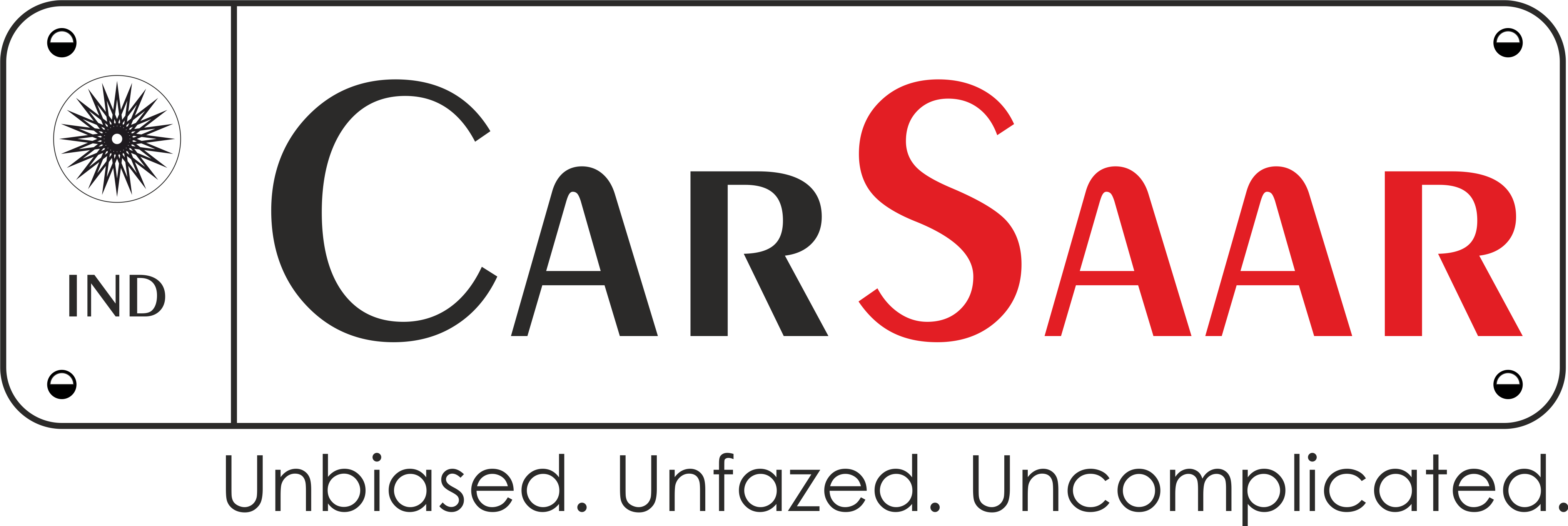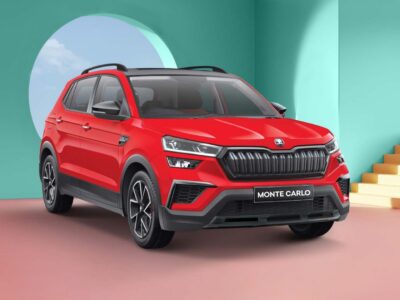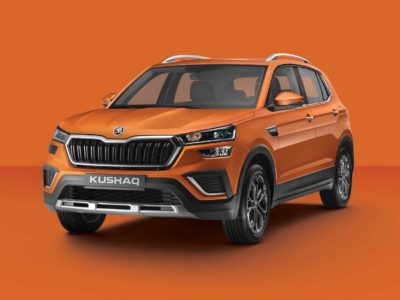Saar: When we say Paris-bound, it means this year’s Paris Motor Show.
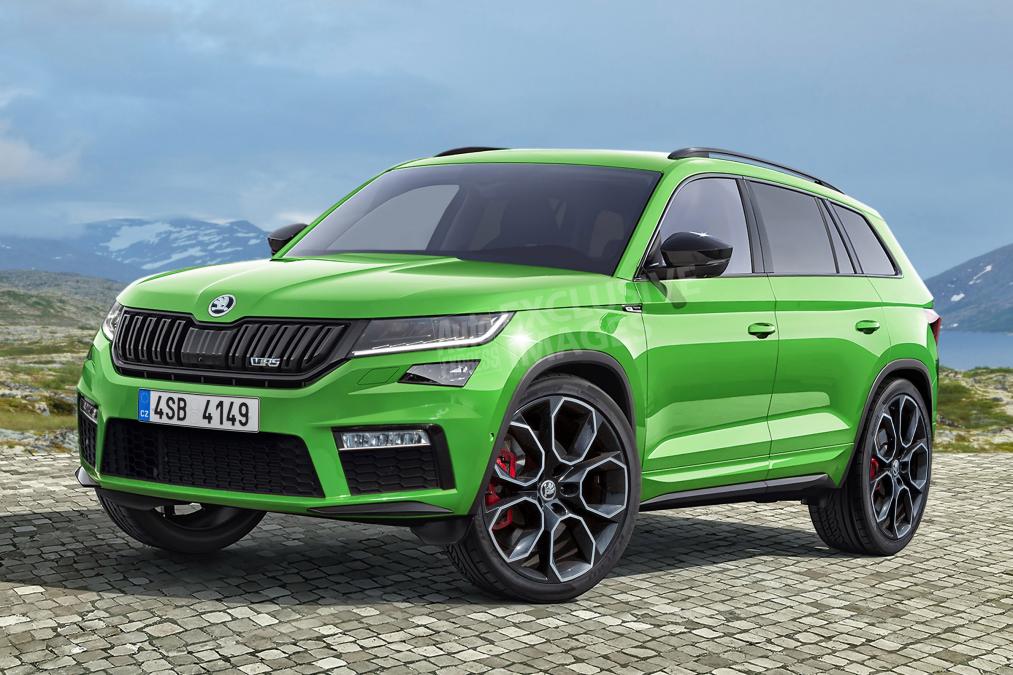
Skoda is reportedly eyeing the 2018 Paris Motor Show, which will open its gates on October 4, 2018, to unveil the most bonkers variant of its flagship SUV. It will be called the Kodiaq RS and will become the third product ever in Skoda’s history to wear an RS badge. However, presently the only other car that is in production and wears the RS moniker as well is the Octavia. The report from AutoExpress suggests that Skoda is also working on an equally, if not more, bonkers version of the Superb sedan.
Anyway, back to the Kodiaq RS. Unlike the Octavia RS, which is available with a diesel- and petrol-fed engines in several markets, the Skoda Kodiaq RS will only be offered with one diesel engine. That engine will be borrowed from the Volkswagen Tiguan, with which the Kodiaq shares its underpinnings. The said engine is a 2.0-litre twin-turbocharged unit that puts out 240PS of power and 500Nm of torque. As standard, the engine will come mated to a 7-speed automatic transmission and an all-wheel-drive system. Both versions, 5- and 7-seater, of the Skoda Kodiaq, will get the same RS treatment worldwide.
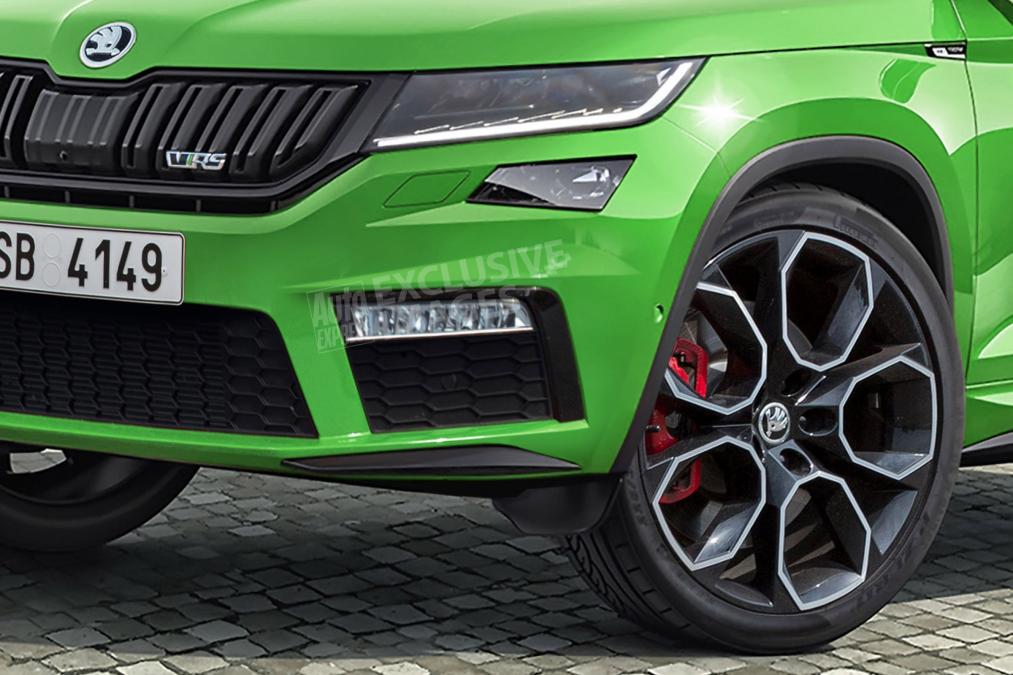
Of course, the racy Kodiaq will sport a bunch of cosmetic enhancements too. That list will almost certainly include bigger and fatter wheels, aggressive front and rear ends, a couple of RS logos (for sure) and even a blacked-out roof and ORVM caps. On the inside, expect Skoda to ramp it up with sports seats draped in Alcantara rather than leather, an all-black interior trim with contrasting accents here and there, and RS badges.
Skoda Auto India: Targeting 8-10 Per Cent Growth In 2018; Further Price Hike Inevitable
It isn’t surprising that Skoda is bringing in a hot Kodiaq for us lot. What is surprising though that in these troubled times, especially with its German owners caught in never-ending diesel fiasco, we were hoping that Skoda and all other brands under the Volkswagen Automotive Group umbrella will follow a sensible plan. That plan should have included hybridisation of models before rolling out thoroughbred gas guzzlers.

